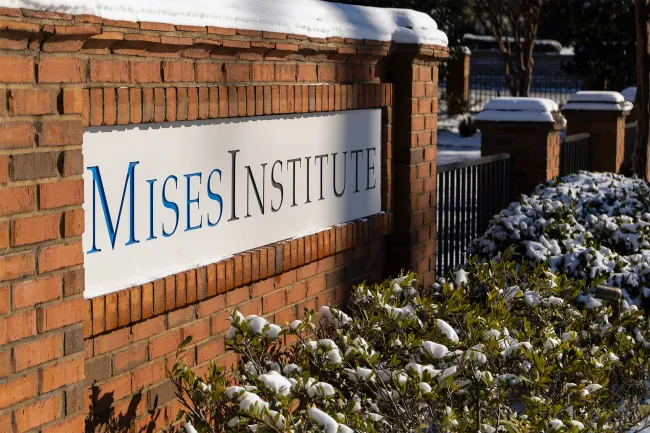Should Inflation Be Defined Only as Price Increases?
Mainstream economists define “inflation” as general increases in consumer and producer prices. Yet, such a definition misses why prices increase in the first place and why inflation should be described as an artificial increase in the money supply.







